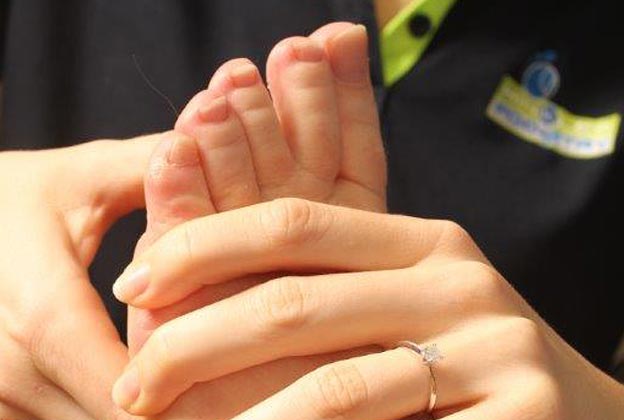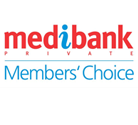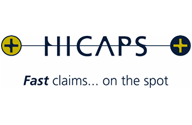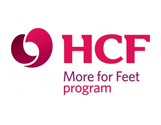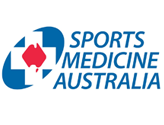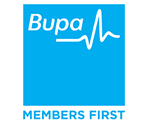“Alrighty, let’s do this,”
A glance at the patient list for the day and I am underway. The first patient of the day is on a care plan from the GP and needs a diabetic foot assessment. I check the pulses, check ABI and blood pressure, complete a Doppler and check for signs of peripheral neuropathy (a disorder that occurs when the peripheral nerves malfunction because they are damaged or destroyed which disrupts the nerves’ normal functioning) before providing some routine foot care. This is the first of many diabetes foot checks for the day. It is estimated that diabetes foot problems cost the health system $$$$ of dollars each day. If diabetes was a country, it would be the 4th largest in the world.
The next patient presents for treatment of a ganglion on the top of the foot which was caused by poor biomechanics. Footwear and insoles were addressed at a previous appointment and the ganglion is given a dose of Laser and kinesiology tape. The lesion is responding well to the therapy and has reduced in size, however it will need another 2-3 doses of laser.
The next patient is a DVA client who needs assistance with looking after their feet, especially a few seed corns under the ball of the foot. The patient has recently bought new shoes, and requires a simple insole to be constructed to reduce the shear stresses under the foot. A template is taken with view to an Abraded PPT base with neoprene top which should reduce those shear forces nicely while still providing extra support for the reduced forefoot fat pad.
A new patient is next presenting with pain in the Achilles’ tendon. They report that the pain is worse 1st thing in the morning and after rest. It also twinges a bit during tennis. The problem has been there for a few months and is just not getting better. There is pain around the tendo Achilles and the synovial sheath, as well as a few trigger points in the gastrocnemius. Radial wave therapy is applied to the tendon and muscle belly and dry needles address the trigger points in the calf. Kinesiology tape is applied and an ultrasound is ordered to check for microtears. An eccentric exercise regime is recommended and the patient is coming back with their tennis shoes.
“Is it time for a cuppa yet, Bec?”
The afternoon clients include a teacher who gets aching feet from standing up all day. Orthotic therapy is indicated and a scan is performed before it gets electronically transmitting to the orthotic lab in Canada. They will be ready in 2-3 weeks.
Next up is a patient who developed heel pain following a knee arthroscopy. A check of the ranges of motion finds the symptomatic foot has reduced ranges of motion though the ankle and mid foot, probably due to altering the gait pattern in response to the surgery. Mobilisations are completed and intrinsic muscle strengthening exercises are advised.
The last patient is a review of nail surgery that was completed in house a week beforehand. The surgical site is healing well, however some debris needs clearing.
After the last patients have left, the clinic is cleaned, emails are checked and phone calls returned. The insoles are cut and glued, the charts completed and the patient letters written. All targets met and all goals achieved. Because tomorrow will start with a familiar call:
“Let’s do this”.

